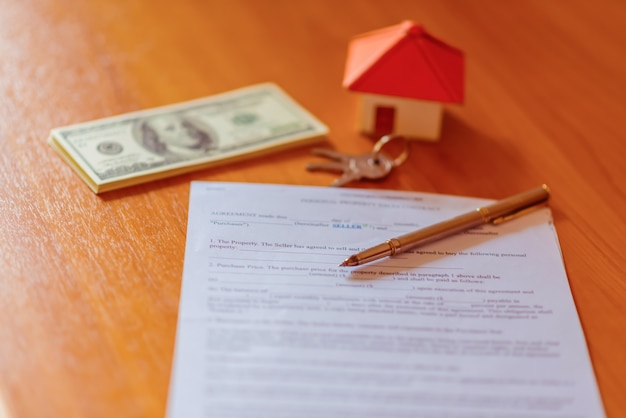Buying a home isn’t just an investment, it’s a lifestyle choice. It’s about setting down roots in a place you love and building your life there. Sure, you can do this while renting, but owning a home comes with a big financial commitment that makes you less likely to move around. It also makes you more aware of the financial responsibility you’ve taken on.
However, buying a property with the intention of flipping it can lead to serious problems due to the asset’s illiquid nature and high transaction costs. This is where a Home Equity Line of Credit (HELOC) can come in handy.
A HELOC can serve as a financial buffer and a source of liquidity. Less than 1% of housing stock trades each year, so most property owners won’t be affected by a downturn unless they’re forced to sell during a recession.
Buying property is pretty straightforward. You need to have at least 30% of the property’s value in cash for a down payment and a buffer. You should plan to live in the place for 5-7 years, and the rental yield should compare favorably with the current government 10-year risk-free rate. The property should be nicer than anything available for rent, and it should be in a good location.
Now, let’s talk about how to maximize your home equity using a HELOC.
If you own a property and have a HELOC, you might notice that the interest rate has dropped to an incredibly low rate. But be careful. Some people have gone broke using their HELOCs to fund a lifestyle they can’t afford. This can lead to foreclosures and higher borrowing costs, which can hurt everyone.
So, what should you do with your HELOC?
The best thing to do is to use your HELOC to pay down higher interest-bearing debt, like credit cards and student loans, or to pay down the principal on your primary mortgage. Don’t use your HELOC for anything unrelated to your house.
For example, I had a $100,000 HELOC that I was tempted to use to buy a fancy car. But instead, I used it to pay down $100,000 on my rental property mortgage. This was a smart move because the interest rate on my HELOC was 2% lower than my mortgage rate.
Paying down your primary mortgage with your HELOC doesn’t change your monthly payment if you have a fixed-rate loan. But it does reduce the amount of time it takes to pay off your loan.
Of course, there’s a cost to using a HELOC. In my case, the HELOC cost me an extra $271 per month. But for rental properties, the goal is to pay off the mortgage as soon as possible to maximize rental income.
Inflation is a factor to consider. If you expect a lot of inflation due to government spending, you might not want to use this strategy. But even if we get inflation sooner than expected, interest rates will take time to adjust.
The bigger the difference between your HELOC rate and your primary mortgage rate, the more attractive this method is. But you need to be disciplined. Don’t use your HELOC for anything but emergencies. Once you start using it to fund your lifestyle, it’s hard to stop.
In conclusion, using a HELOC to pay down your mortgage can be a smart move if you’re disciplined and understand the risks. It can help you pay off your debt faster and reach financial freedom sooner. But if you decide this strategy isn’t for you, that’s okay. Just remember to use your HELOC wisely.
